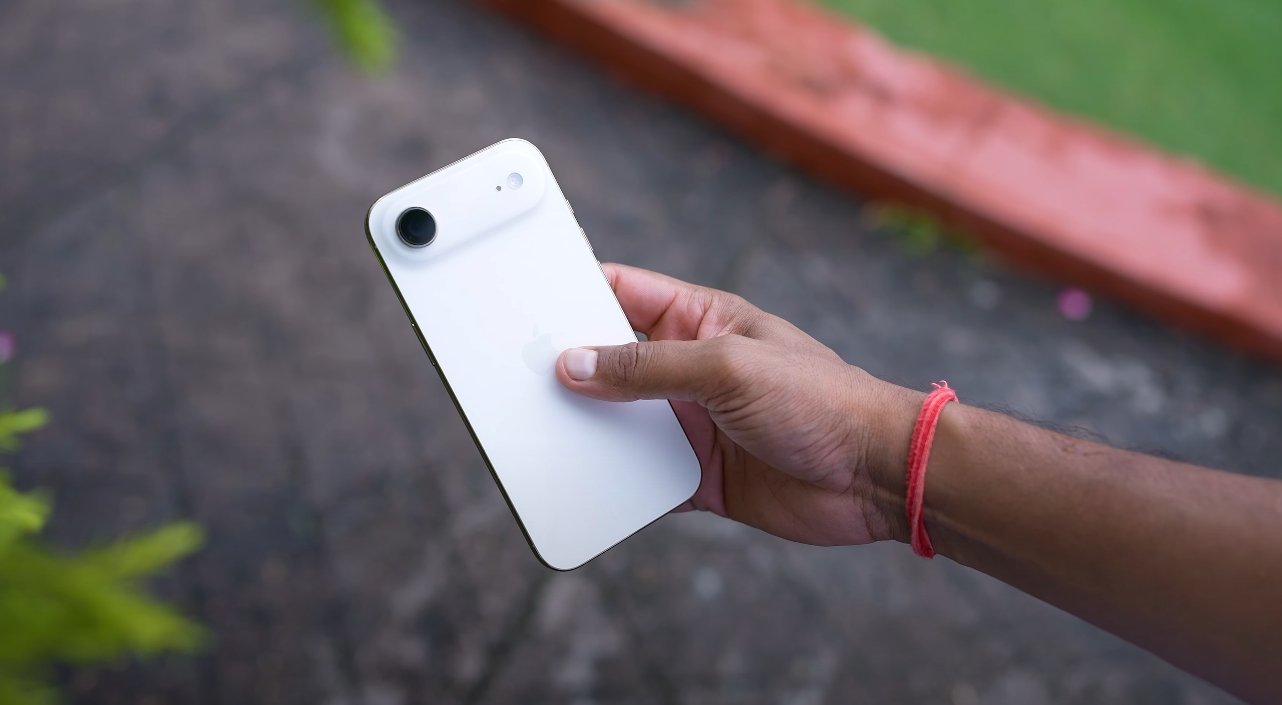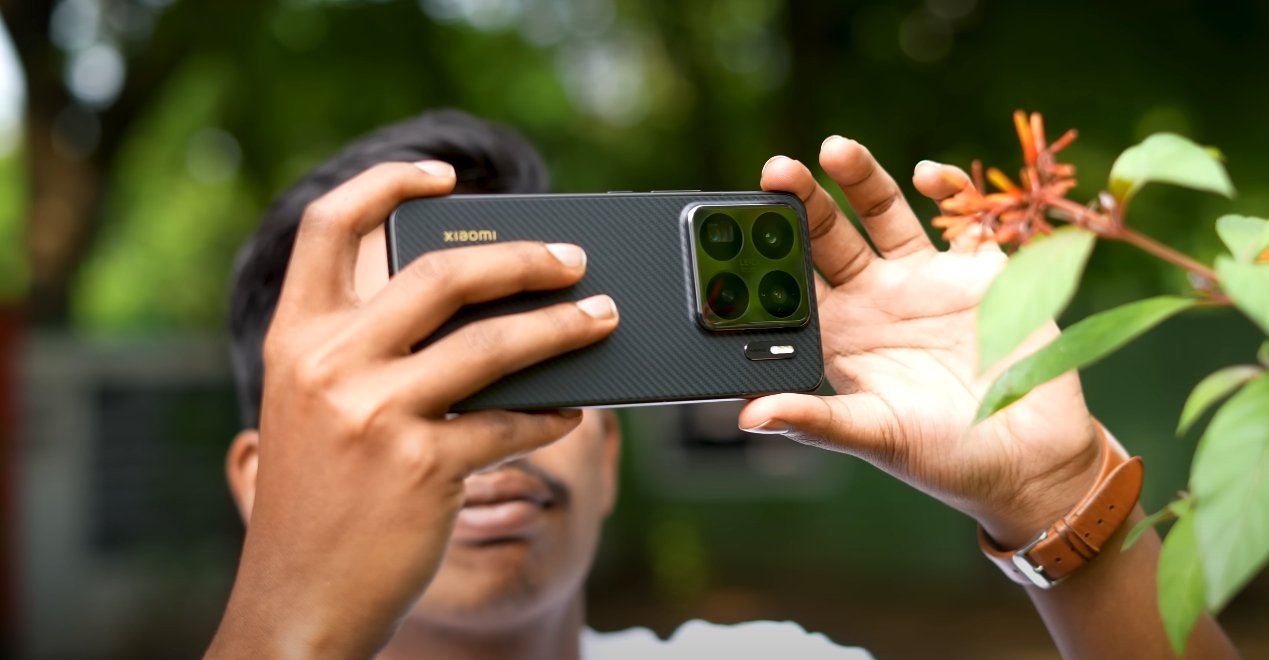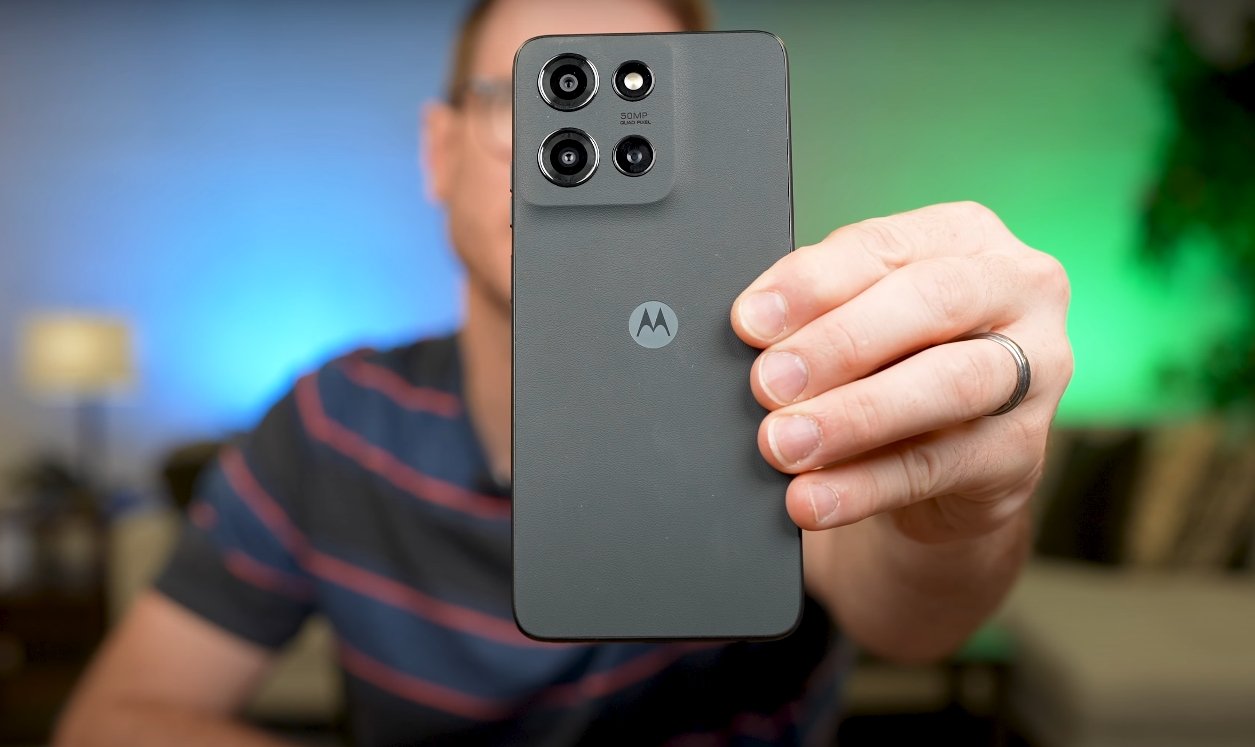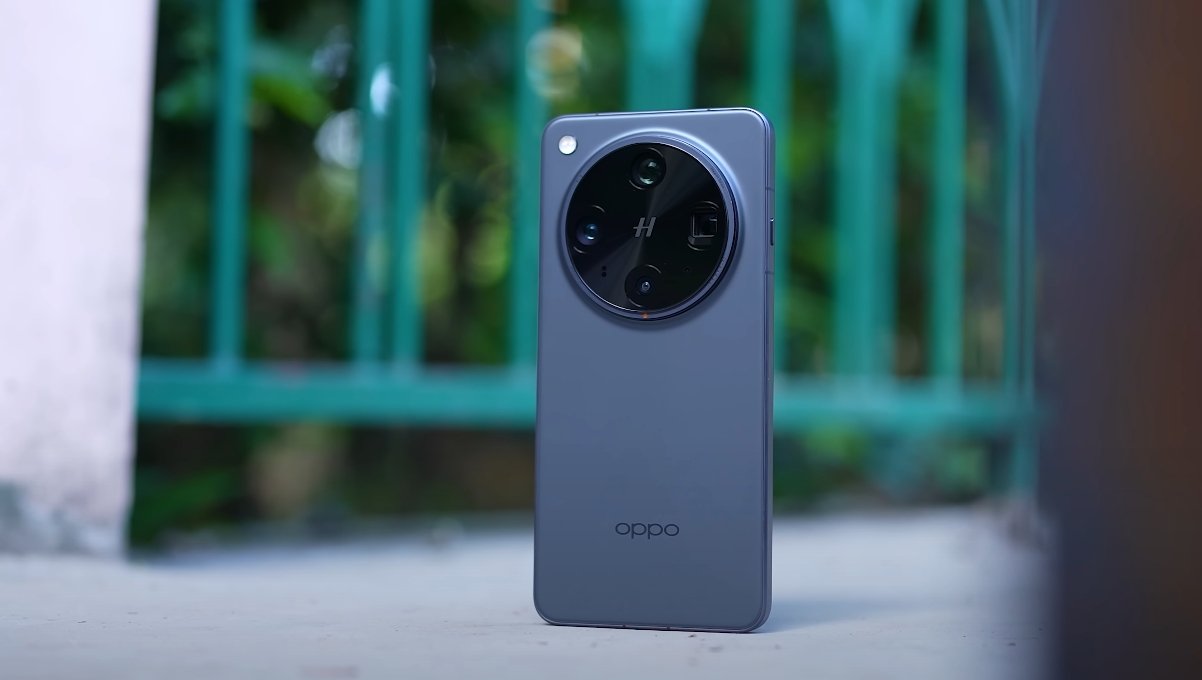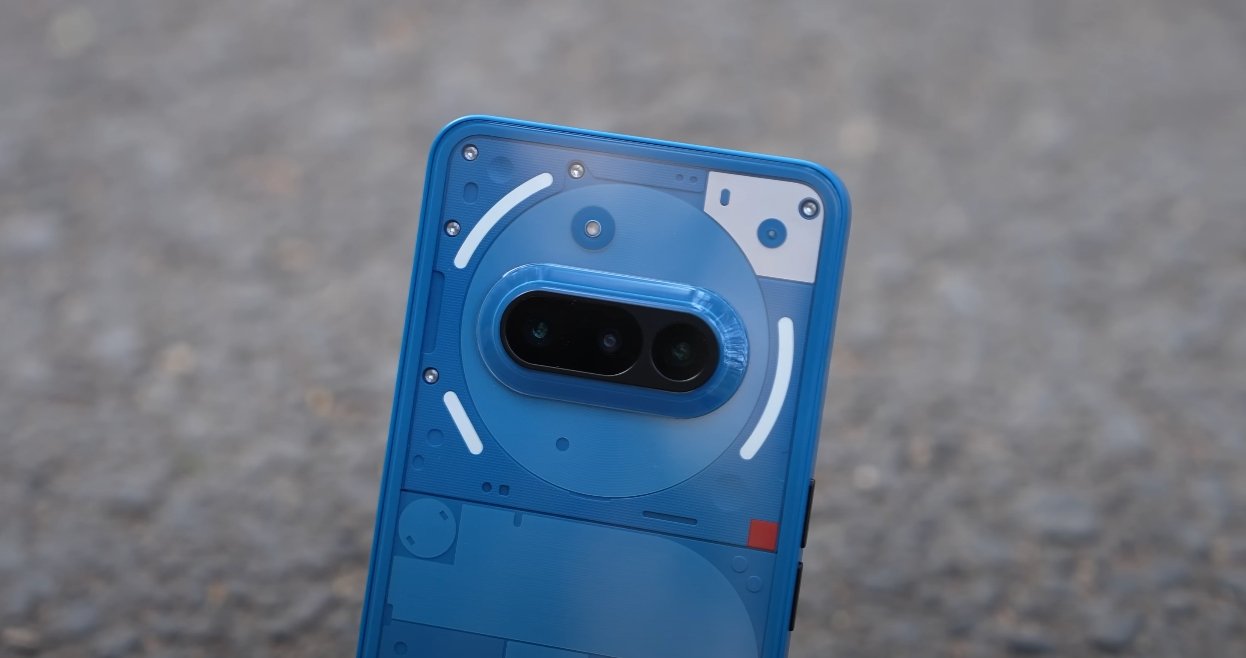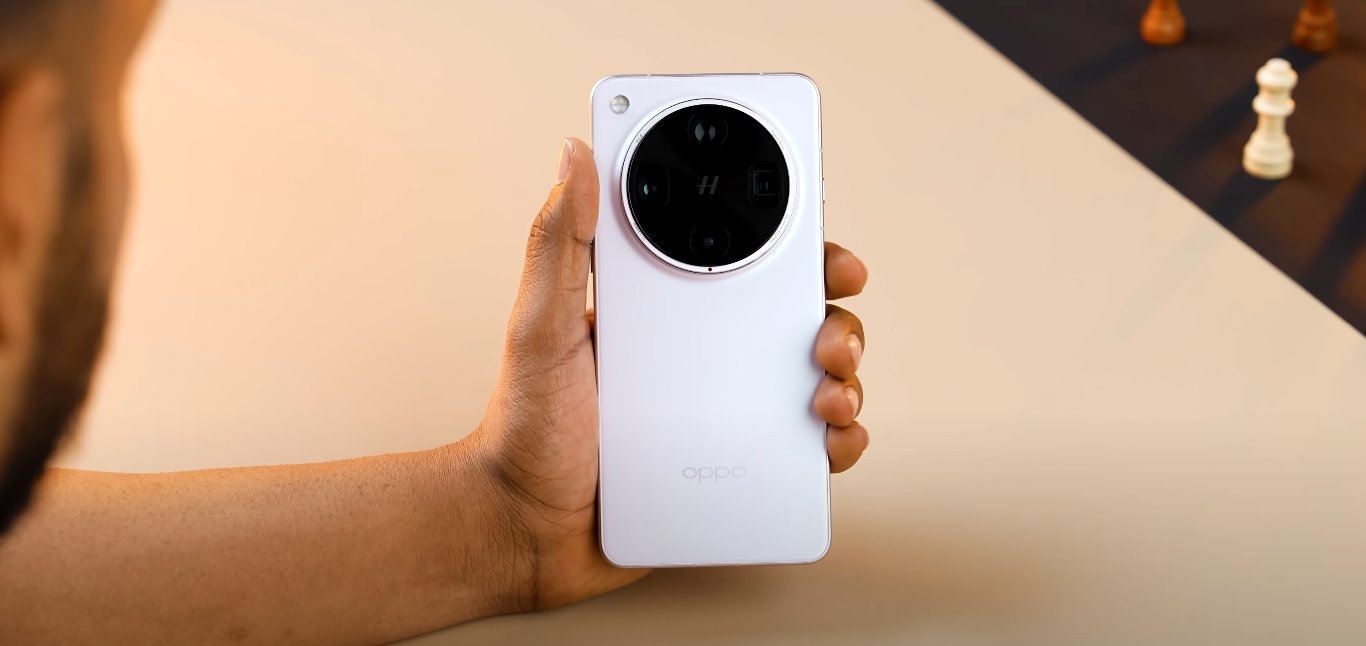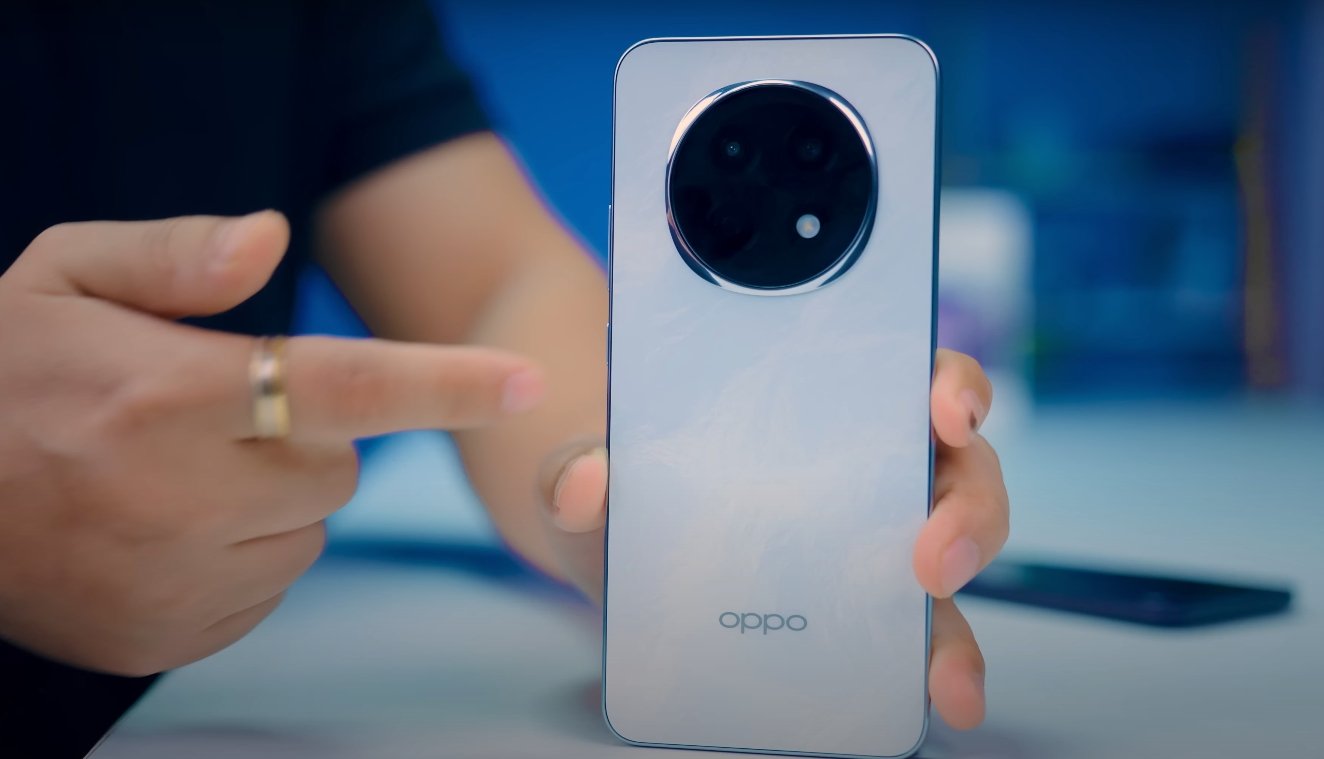Comparing Apple’s Ultra-Thin Air with the Balanced iPhone 16
Apple’s iPhone Air, launched in 2025, represents the company’s bold push toward ultra-thin, lightweight smartphones. In contrast, the iPhone 16, released in 2024, follows a more traditional approach, emphasizing versatility, robust battery life, and a dual-camera system. For U.S. buyers, comparing these two models highlights important differences in design, display, performance, and overall usability.
The iPhone Air’s standout feature is its design. Measuring just 5.6 millimeters thick and weighing around 165 grams, it is one of Apple’s lightest and slimmest phones. The titanium frame ensures durability while keeping the profile exceptionally thin, and the single-lens rear camera contributes to the minimalist look. The iPhone 16 is slightly thicker at 7.8 millimeters and heavier at 170 grams. Its aluminum frame provides a more traditional feel, and its dual-camera system adds versatility but slightly increases bulk. The Air is ideal for those who prioritize portability, while the 16 offers a sturdier, more balanced option.
Display technology further separates the two models. The iPhone Air features a 6.5-inch OLED panel with ProMotion, delivering a 120Hz refresh rate and an always-on display. Colors are vibrant, contrasts are deep, and the screen offers excellent brightness for outdoor use. By comparison, the iPhone 16 has a 6.1-inch Super Retina OLED display with HDR support and True Tone, but it retains a 60Hz refresh rate. While still sharp and bright, it lacks the fluidity and responsiveness of the Air’s panel, making the Air a better choice for users who value cinematic visuals and smooth scrolling.
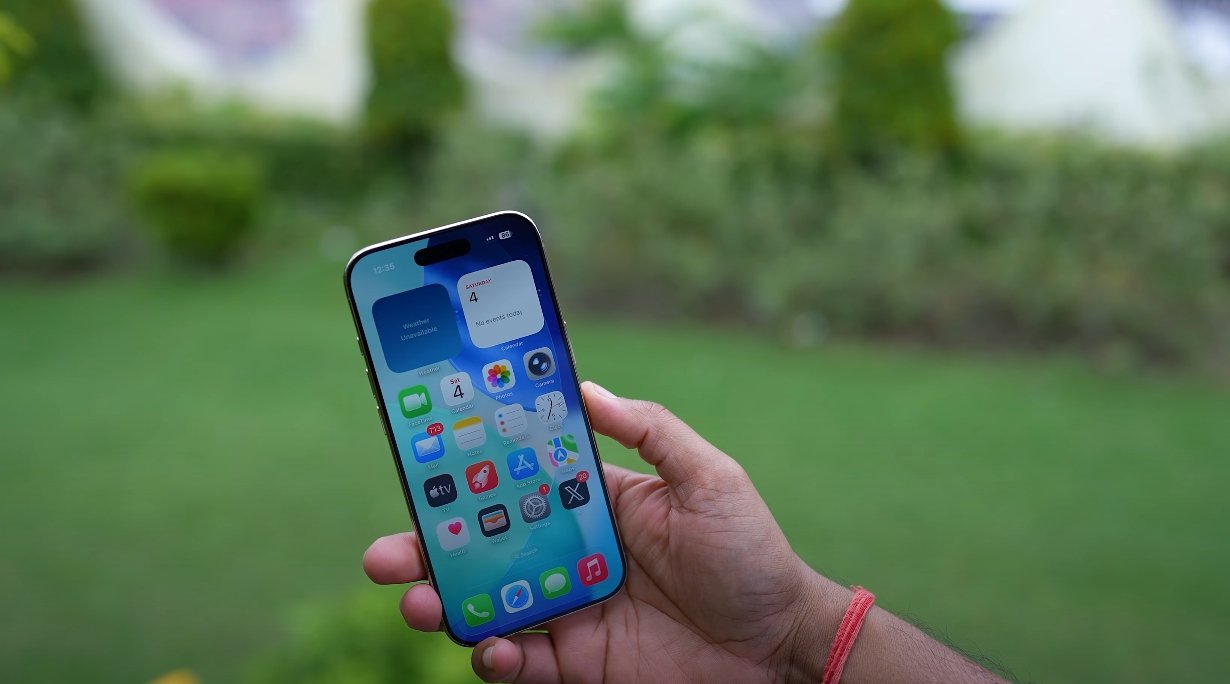
Performance is another key distinction. The iPhone Air runs on Apple’s A19 Pro chip, delivering faster processing, enhanced graphics, and greater efficiency. It handles multitasking, heavy apps, and future iOS updates with ease. The iPhone 16 uses the A18 chip, which remains capable for everyday use and moderate multitasking, but it is a generation behind the Air in raw computing power. Users seeking a phone that will remain cutting-edge over several years may find the Air more appealing.
Camera systems differ significantly. The iPhone Air has a 48-megapixel main rear camera with a 2x optical-quality crop and an 18-megapixel front camera. Its focus is on high-resolution imaging, but it lacks an ultrawide lens. The iPhone 16 uses a dual-camera system with a 48-megapixel main sensor and an additional lens for wider shots, plus a 12-megapixel front camera. This makes the 16 more versatile for landscapes, group shots, and creative photography, while the Air excels in detailed single-lens images.
Battery life reflects the design trade-offs. The Air’s slim body houses a smaller 3,149mAh battery, which is efficient for normal use but may drain faster during gaming or extended 5G use. The iPhone 16 benefits from a larger battery and better thermal management, offering longer all-day performance under heavy use. Both models support fast charging, MagSafe, and USB-C connectivity, but the iPhone 16 provides a more consistent endurance for power users.
Also Read:
Connectivity and software also differ. The iPhone Air supports Wi-Fi 7, Bluetooth 6, eSIM-only setups in the U.S., and runs iOS 26 with advanced UI features. The iPhone 16 maintains older wireless standards and dual-SIM options, running iOS 18, which provides a stable and familiar experience. Users who prioritize the latest connectivity and software features may prefer the Air, while those valuing reliability may lean toward the 16.
In conclusion, the iPhone Air is ideal for users who prioritize portability, a high-refresh display, and next-generation hardware, accepting trade-offs in battery size and camera versatility. The iPhone 16 offers a more balanced experience with longer battery life, dual-camera flexibility, and a traditional design. The choice between these two models ultimately depends on whether the user values ultra-thin design and cutting-edge display or a more practical, all-around flagship experience.
